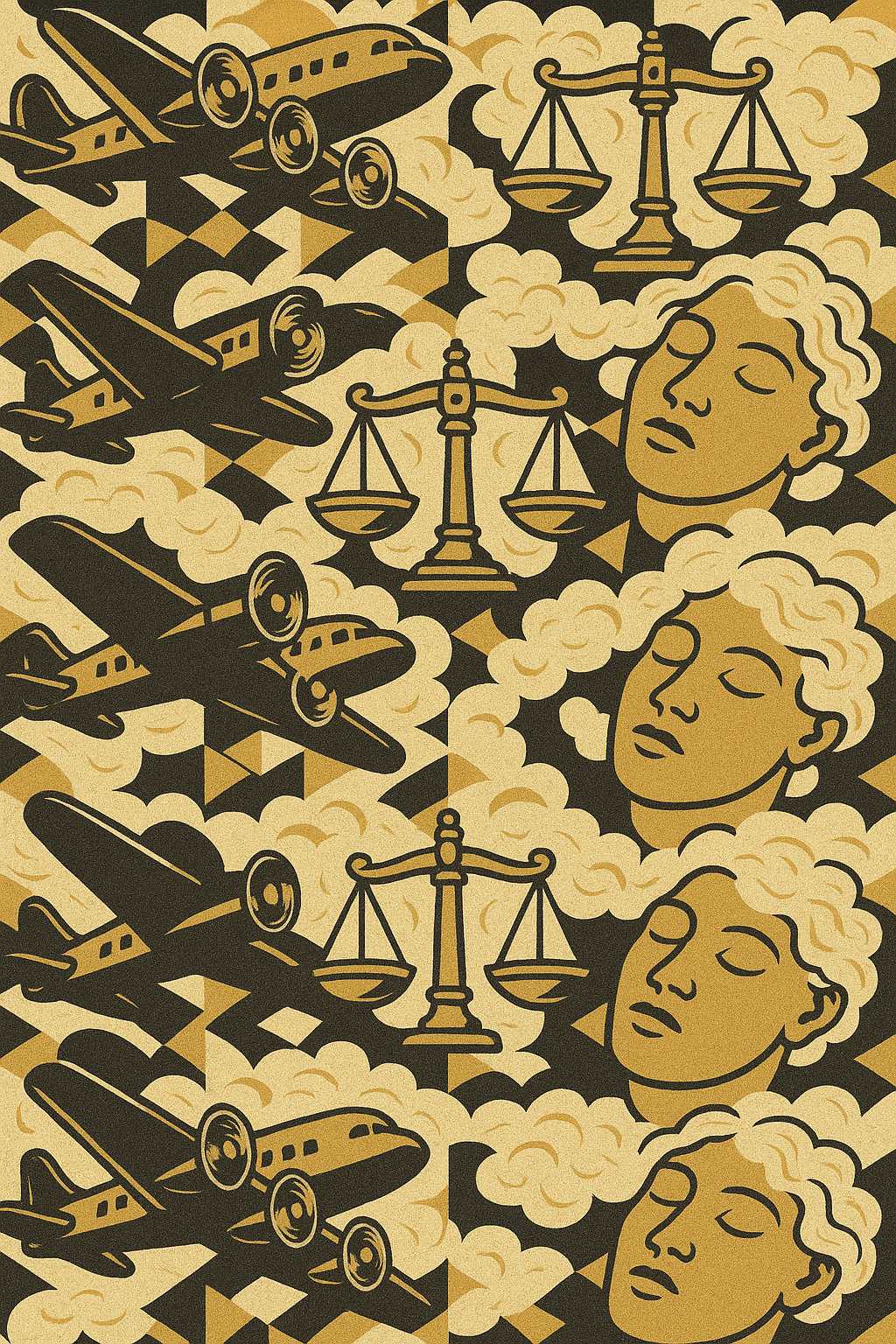“Three Ways AI Can Make Things Up. How True But Irrelevant Can Be Harder to Correct Than Pure Nonsense.”
More Than One Type of Hallucination
ChatGPT sometimes makes things up. For example, ChatGPT famously made up fictional court cases that were cited by attorneys for the plaintiff in Mata v. Avianca. But totally made up things should be easy to spot if you search for the sources. It’s when there’s a kernel of truth that large language model (LLM) hallucinations can waste the most time for lawyers and judges or small businesses and their customers.
- A “Pure Hallucination” is something made up completely with no basis in fact.
- A “Hallucinated Summary” has a footnote or other citation referencing a real source, but the LLM’s description of what that source says has little if anything to do with the source.
- An “Irrelevant Reference” is when an LLM cites a real sources and summarizes it fairly correctly, but the citation itself is not relevant to the purpose of the citation. This might be because the information is outdated, because the point only tangentially refers to the same topic, or for other reasons.
These examples were derived by actually reading the sources and were not written by LLMs. All of the written content on our website and social media is human-written, unless it is an example of AI-output that is clearly labelled.
AI can help people summarize or rephrase content they know well. But Midwest Frontier AI Consulting strongly encourages AI users not to rely on AI-generated overviews of content they are not already familiar with precisely because of the subtler forms of AI hallucinations described below.
Scenario 1: You Got Your Chocolate In My Case Law
-
Pure Hallucination: ** The LLM says: “Wonka v. Slugworth clearly states that chocolate recipes are not intellectual property.” ** In reality: No such case exists.
-
Hallucinated Summary: ** The LLM says: “NESTLE USA v. DOE clearly states that chocolate recipes are not intellectual property.” ** In reality: The case involves a chocolate company but is not about intellectual property rights.
-
Irrelevant Reference:
- The LLM Says: ‘HERSHEY CREAMERY v. HERSHEY CHOCOLATE involved two parties that both owned trademarks to “HERSHEY’S” for ice cream and chocolate, respectively. This supports our assertion that chocolate recipes are not intellectual property.’
- In reality: The facts of the case do not support the conclusion.

 Hallucinating cases about airlines.
Hallucinating cases about airlines.